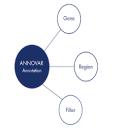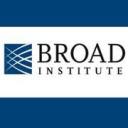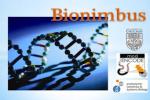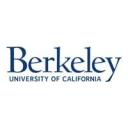AltAnalyze is an easy-to-use application for microarry and RNA-Seq analysis. For splicing sensitive platforms, AltAnalyze will assess alternative exon expression along protein isoforms, domain composition and microRNA targeting. In addition to splicing-sensitive platforms, AltAnalyze provides comprehensive methods for conventional arrays (RMA summarization, QC, statistics, annotation, clustering, lineage characterization and gene-set enrichement).
...continue to readANNOVAR: Functional annotation of genetic variants from high-throughput sequencing data. ANNOVAR is an efficient software tool to utilize update-to-date information to functionally annotate genetic variants detected from diverse genomes (including human genome hg18, hg19, as well as mouse, worm, fly, yeast and many others).ANNOVAR is written in Perl and can be run as a standalone application on diverse hardware systems where standard Perl modules are installed.
...continue to readThe Argo Genome Browser is the Broad Institute's production tool for visualizing and manually annotating whole genomes. It's a free and open source standalone Java 1.4 application.
...continue to readArrayOligoSelector (AOS) systematically designs gene specific long oligo probes for entire genomes. The program optimizes the oligo selections for several parameters, including uniqueness in the genome, internal repeats, self-binding, and GC content.
...continue to read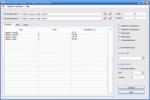
Add to my favorites
Remove from my favorites
useful and fast genetic calculator
Category: Genomics software


